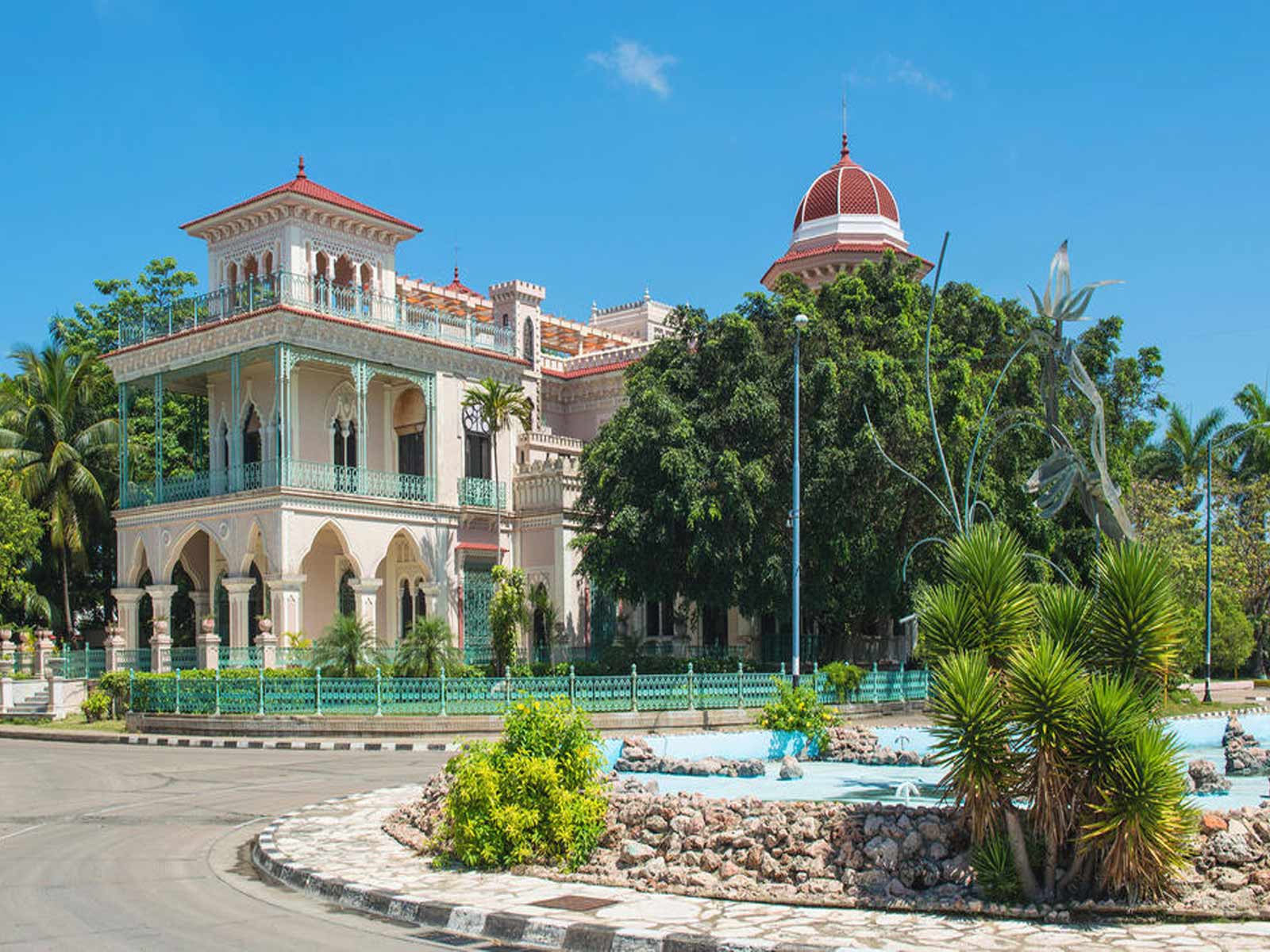Overview
Cienfuegos is one of the most beautiful and clean cities in Cuba. Former home of corsairs and pirates, it is known as the Pearl of the South. It was founded in 1819 by a group of French settlers from Bordeaux, Louisiana, Philadelphia, giving it the name of Fernandina de Jagua. It is 250 km from Havana. The historic center of the city is a World Heritage Site. It has several hotels, beaches and a botanical garden that is a National monument. At the entrance of the bay you can visit Jagua Castle, a fortress built in 1745 to defend the city from pirate assaults.</p>
<p>The City of the Sea, Cienfuegos, is undoubtedly one of the most beautiful cities in Cuba. This town gathers the imprint of the French families to whom corresponds the merit of having built it. This city is characterized by the perfect layout of its streets. It exhibits sites of remarkable value and has one of the best bays in the world, due to its size and safety, an ideal setting for water activities.</p>
<p>While touring the city of Cienfuegos you can visit: the Park, the exterior of the Tomas Terry Theater, the Cienfuegos boulevard and the Palacio de Valle.</p>
<p>The part of the mountains of Guamuhaya, which corresponds to Cienfuegos, is the richest area from a landscape point of view. It offers the opportunity to practice ecotourism, hiking, bird watching and wildlife in general.<br />
You can also take baths in natural pools of rivers or waterfalls, in places like the San Juan peak or El Nicho. This place is located in a mountain that has trails which usually end in natural viewpoints or waterfalls up to 25-30 meters high. There is also the Martín Fierro cave, a National Monument that portraits the largest stalagmite in Latin America, with 67 meters high.</p>
<p>The bay of Cienfuegos is the second most important port in Cuba.</p>
<p>The tourism industry relies on the abundance of palaces, colonial fortresses, such as the new Lady of the Angels of Jagua, parks, theaters, churches, hotels and the Magnificent Botanical Garden, created in 1901, by Harvard University and which has a population of more than 2,000 species of plants, of which more than 80% are exotic.

